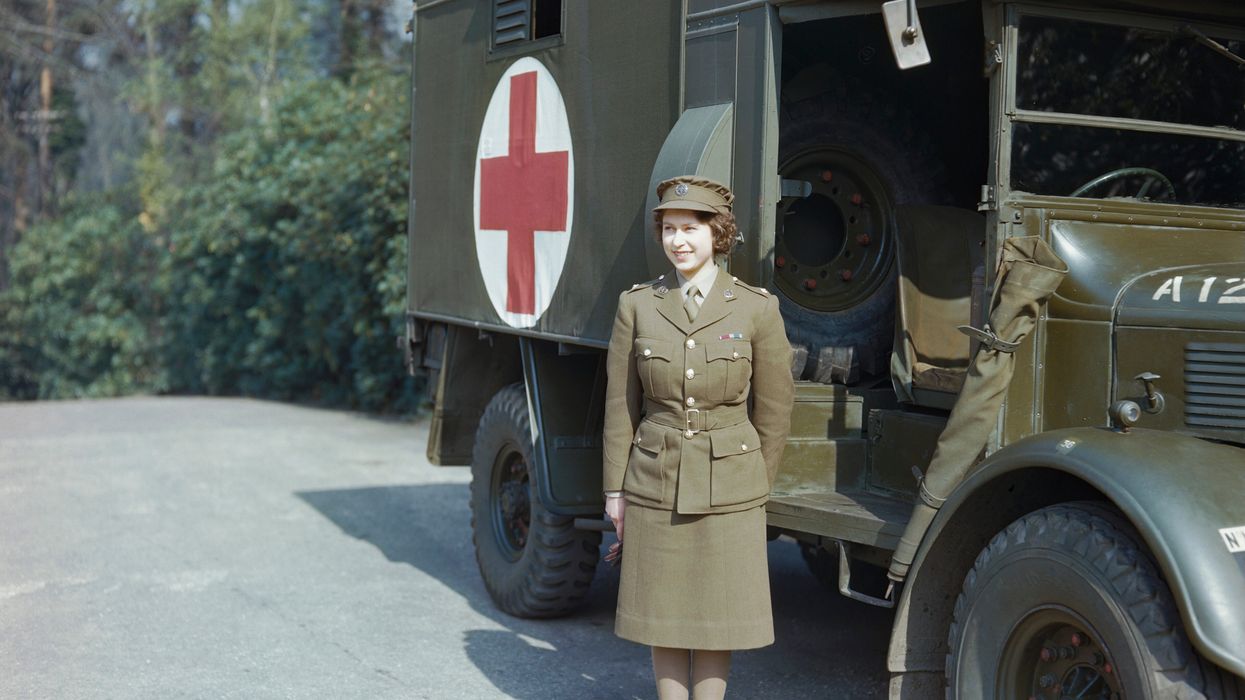Children are naturally curious, often immersing themselves in crafts, puzzles, or experiments. But sometimes, curiosity can lead to danger. A 17-year-old boy from Golf Manor, Michigan, took his passion for chemistry to a risky level by attempting to build a nuclear reactor in his mother's potting shed. The situation was so dangerous that it could have resulted in a neighborhood disaster. Authorities quickly dismantled the setup, which he claimed was an effort to earn a Boy Scout badge, according to by Harper's magazine.
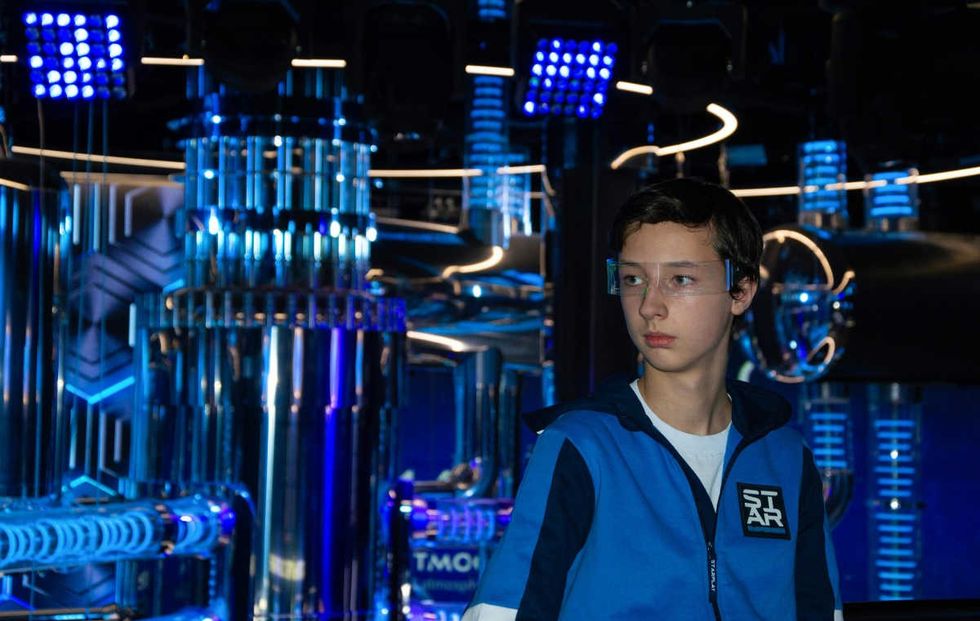
David Hahn was passionate about chemistry and never let anyone watch his experiments. He taught himself to build a neutron gun, using coffee filters and pickle jars to handle deadly substances like radium and nitric acid. He bought beakers, Bunsen burners, and test tubes for his secret experiments. When someone gifted him "The Golden Book of Chemistry Experiments," he became obsessed. However, his adolescent experiments soon turned perilous, as reported by IFL Science.
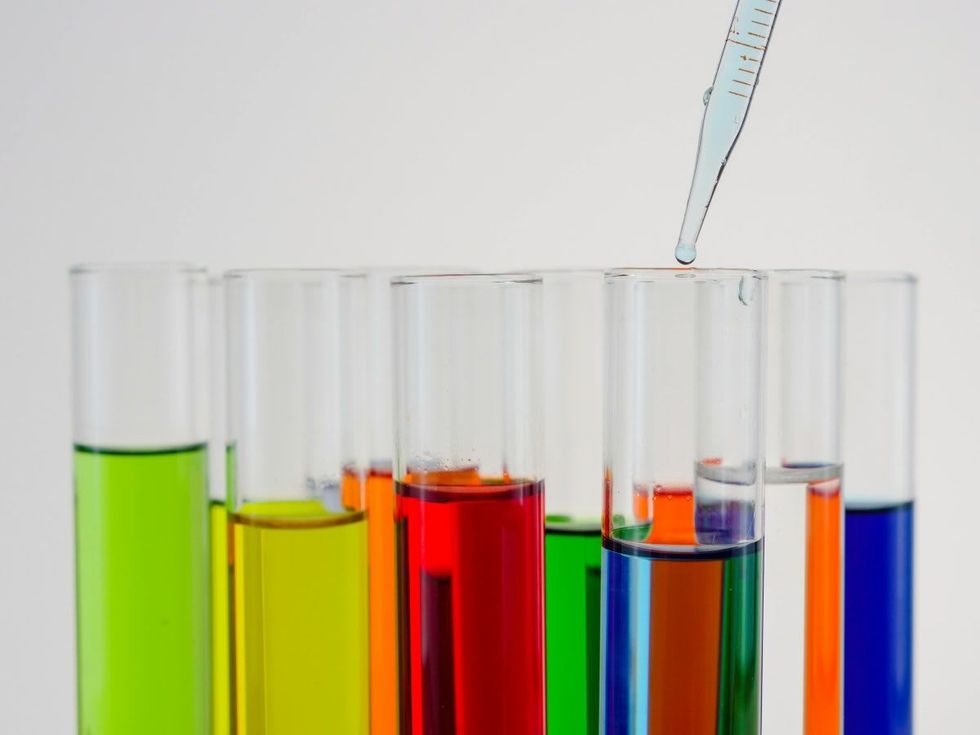
Though David’s parents initially supported his experiments, they grew alarmed as chemical spills and explosions became regular occurrences. After he destroyed his bedroom, they stopped his basement experiments. Undeterred, he moved his lab to his mom’s potting shed.
David was part of Boy Scout Troop 371 in Clinton Township, Michigan. On May 10, 1991, at age 14, he earned an Atomic Energy merit badge. To earn it, he illustrated the nuclear fission process, visited a hospital radiology unit to learn about medical uses of radioisotopes, and built a model reactor using a juice can, coat hangers, soda straws, kitchen matches, and rubber bands. But he had greater ambitions. In the potting shed, he attempted to build a "breeder reactor."
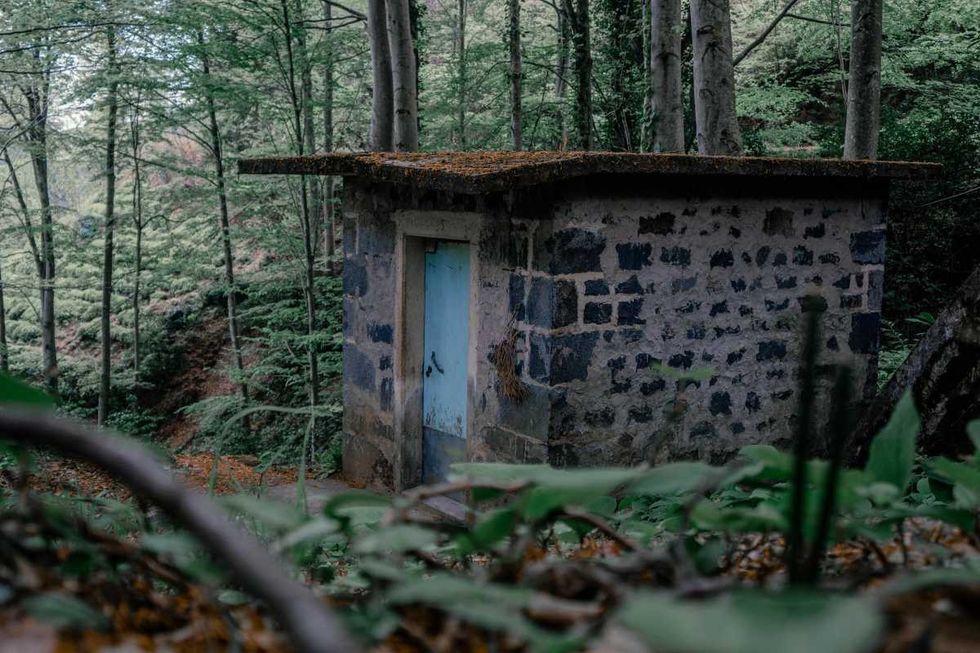
According to New York Times Archives, a breeder nuclear reactor produces more fuel (fissile material) than it consumes while generating energy. It uses uranium as fuel and produces plutonium, which can be reused as fuel. The core contains fissile uranium and plutonium, atoms that split easily, releasing energy as heat and radiation.
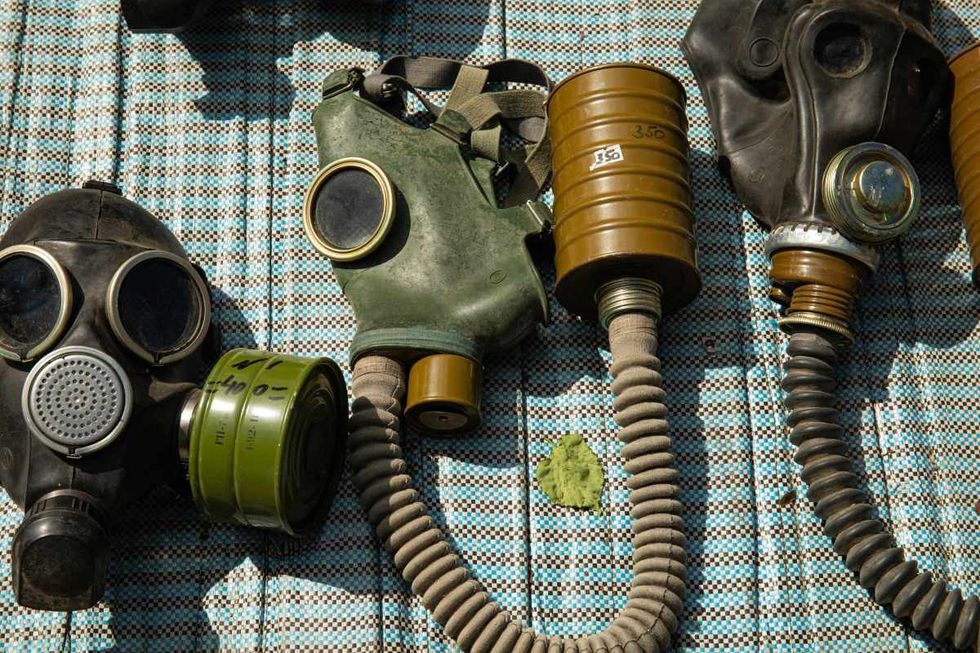
Unlike conventional reactors that use water to transfer heat, a breeder reactor uses liquid sodium. Sodium doesn't slow the neutron flux like water, so high-energy neutrons are more readily absorbed by fertile uranium to create plutonium. Sodium surrounding the core flows through a heat exchanger, transferring energy to a separate sodium stream. The heat then passes through a steam generator. If there's a leak or sodium contacts water or air, it burns.
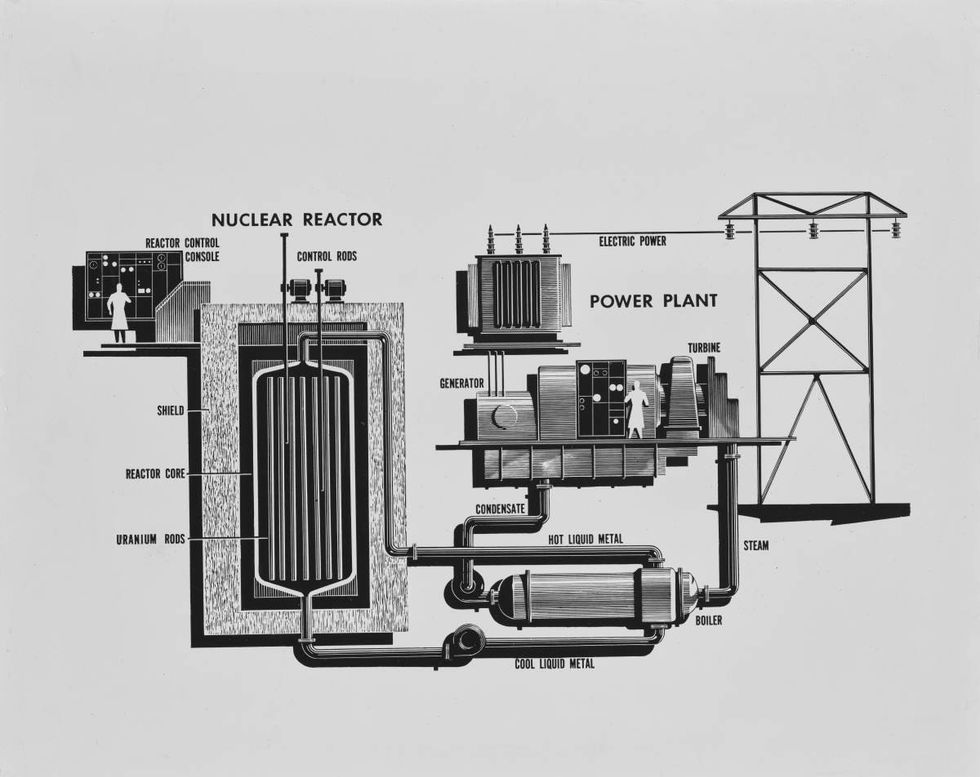
To create the reactor, David used mostly homebrew materials. He used household smoke detectors, which contain small amounts of americium, and contacted smoke-detector companies, claiming he needed many devices for a school project. He also used thousands of lantern mantles to obtain thorium, converting them into radioactive ash. This method produced thorium that was “9,000 times the level found in nature and 170 times the level that requires Nuclear Regulatory Commission licensing.”
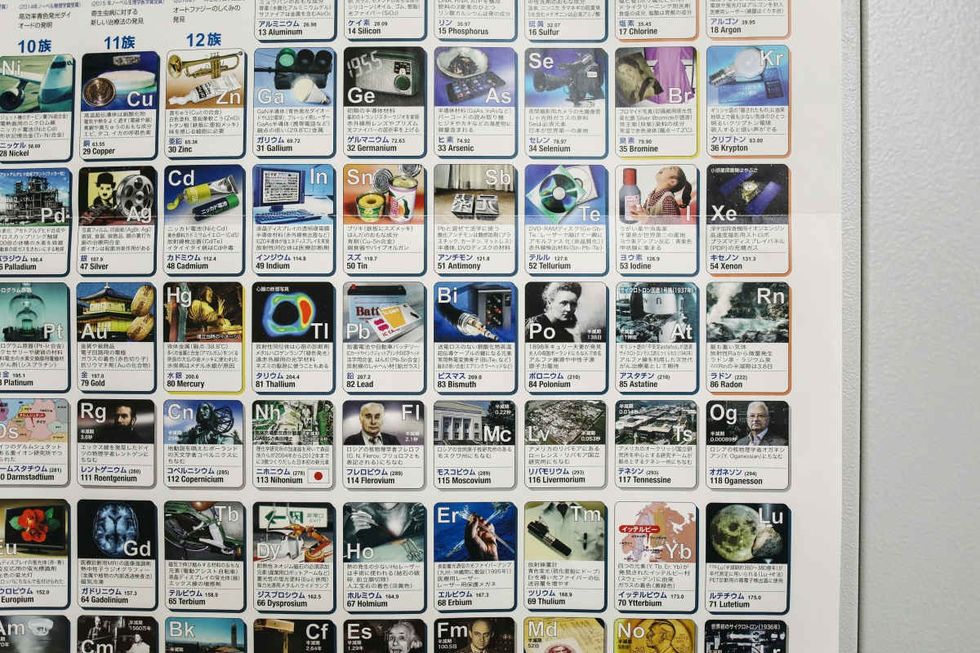
In August 1994, David was arrested when police found what they thought was a “potential explosive device” in the trunk of his car. He quickly caught the attention of the US Department of Energy, the US Nuclear Regulatory Commission, the FBI, and the Environmental Protection Agency (EPA). An investigation of his car by the Michigan State Police Bomb Squad and State Department of Health found high concentrations of the radioactive materials thorium and americium.
When state radiological experts examined David’s potting shed laboratory, they found radioactive material levels 1,000 times higher than normal background radiation. The shed was declared a public health hazard and dismantled by June 1995. The materials from his experiments were loaded into barrels and buried in the Great Salt Lake Desert in Utah.
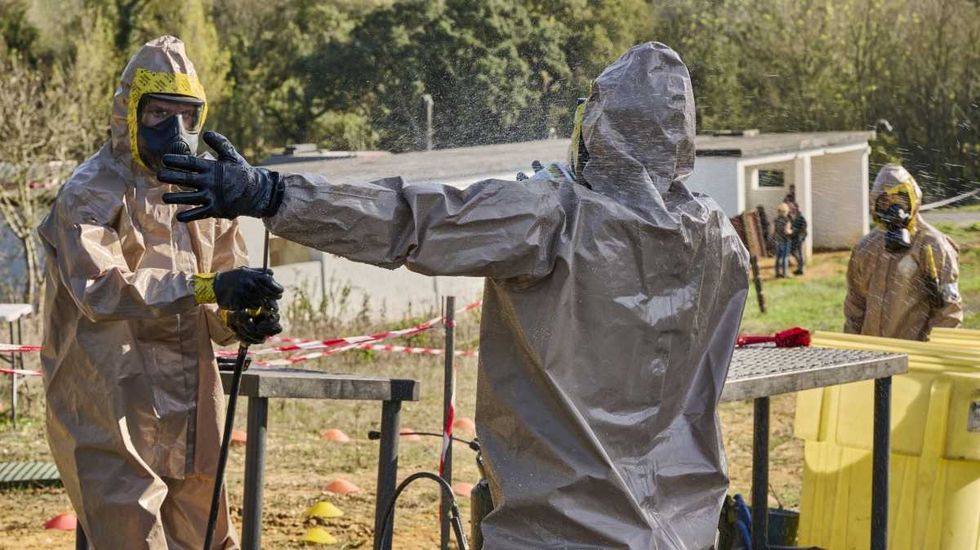
Sometime later, speaking to Harper’s magazine, David revealed that despite their thorough investigation, the officials had missed the most dangerous materials that still lay sprawled in his house after they went away. After the officials had gone, David’s mom visited the potting shed and found vials of radium, pellets of thorium, radioactive powder, and a neutron gun. She just disposed of the materials in the garbage bin. “The funny thing is,” David told Harper's, “the EPA only got the garbage, and the garbage got all the good stuff.”
After his experimentation was prohibited, David fell into a serious depression. His classmates called him the “Radioactive Boy.” He took a job on the nuclear-powered USS Enterprise aircraft carrier but wasn't allowed to operate the nuclear reactor. Each night, while his shipmates slept, he pored over books on topics like steroids, melanin, genetic codes, antioxidants, prototype reactors, amino acids, and criminal law. In 2016, a depressed Hahn died from alcohol poisoning, according to UniladTech.





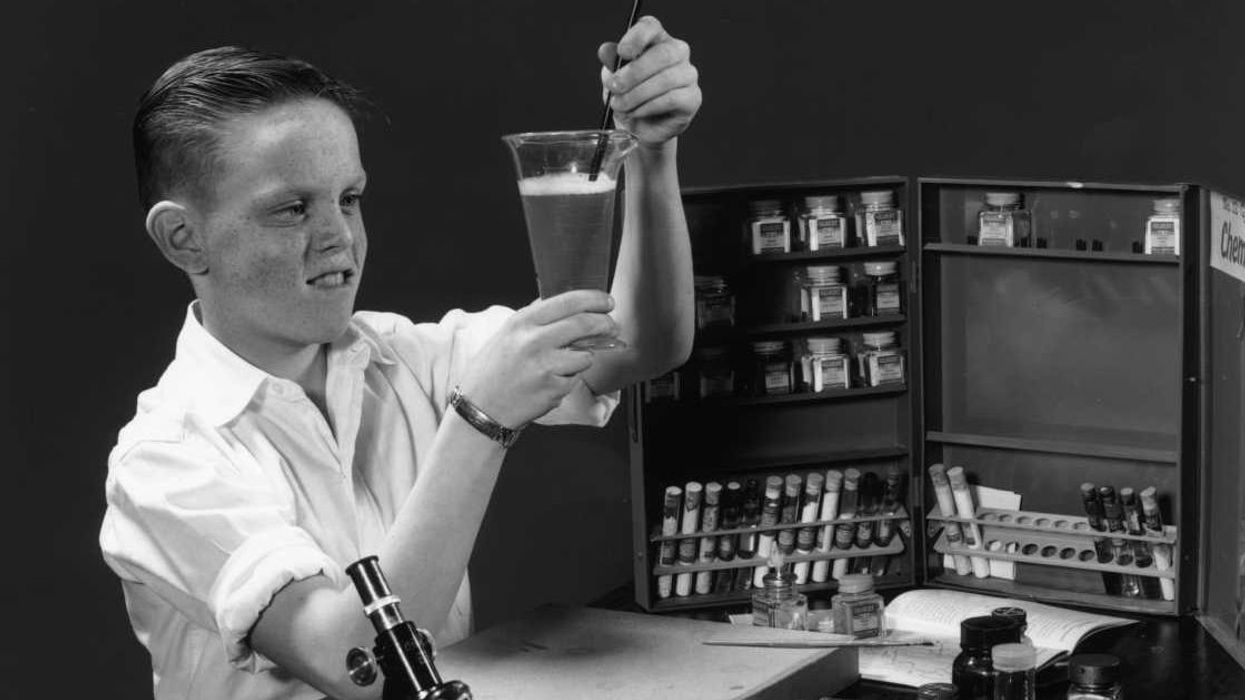












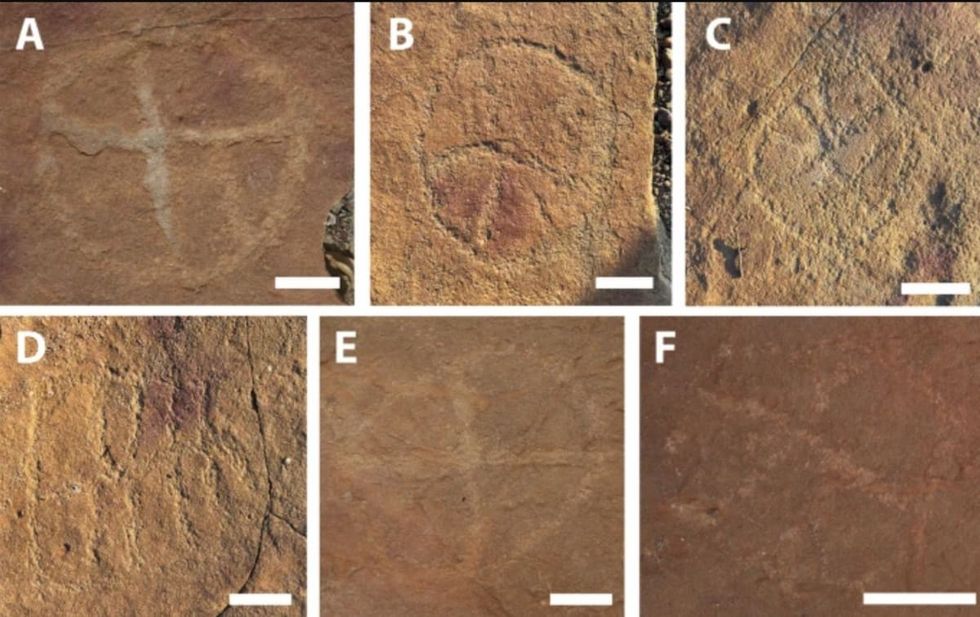 Image frmo Scientific Reports of ancient artwork. Image Source:
Image frmo Scientific Reports of ancient artwork. Image Source: 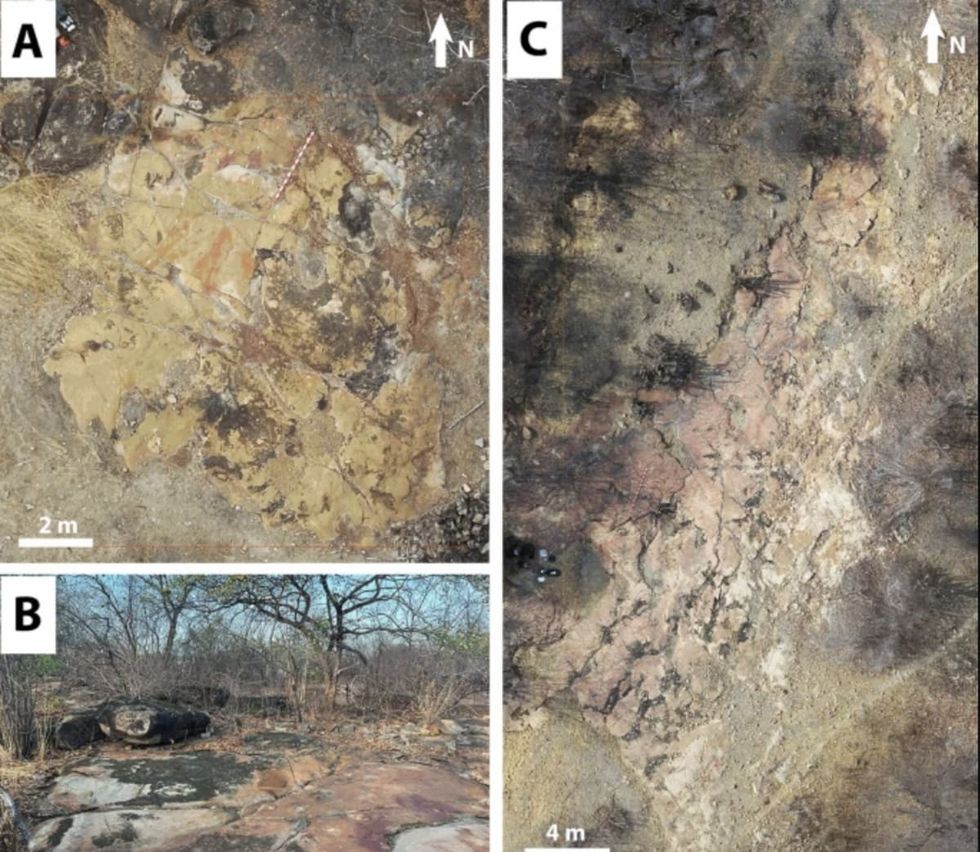 Image frmo Scientific Reports of ancient artwork.Image Source:
Image frmo Scientific Reports of ancient artwork.Image Source: 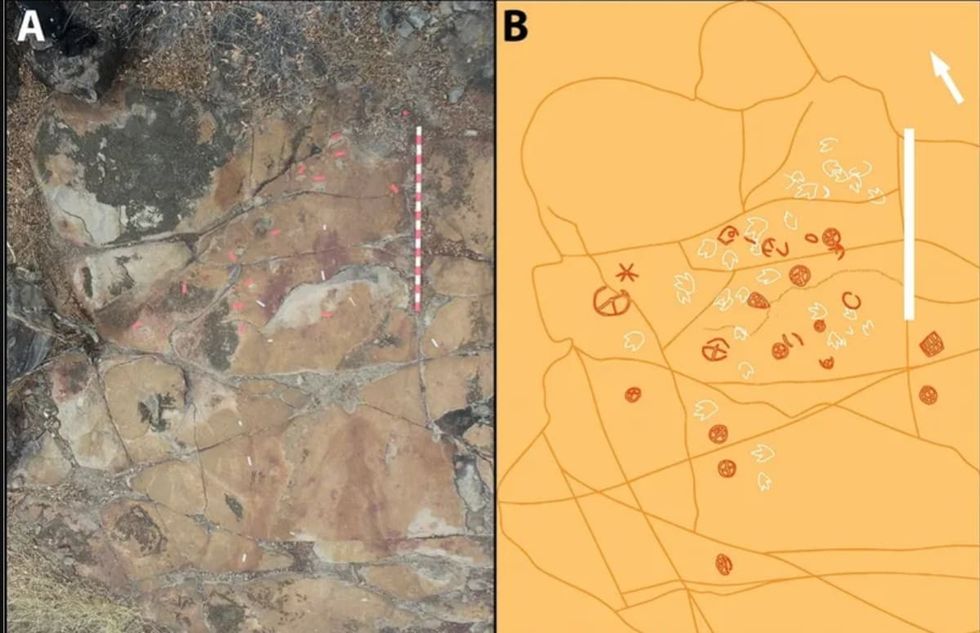 Image frmo Scientific Reports of ancient artwork.Image Source:
Image frmo Scientific Reports of ancient artwork.Image Source: 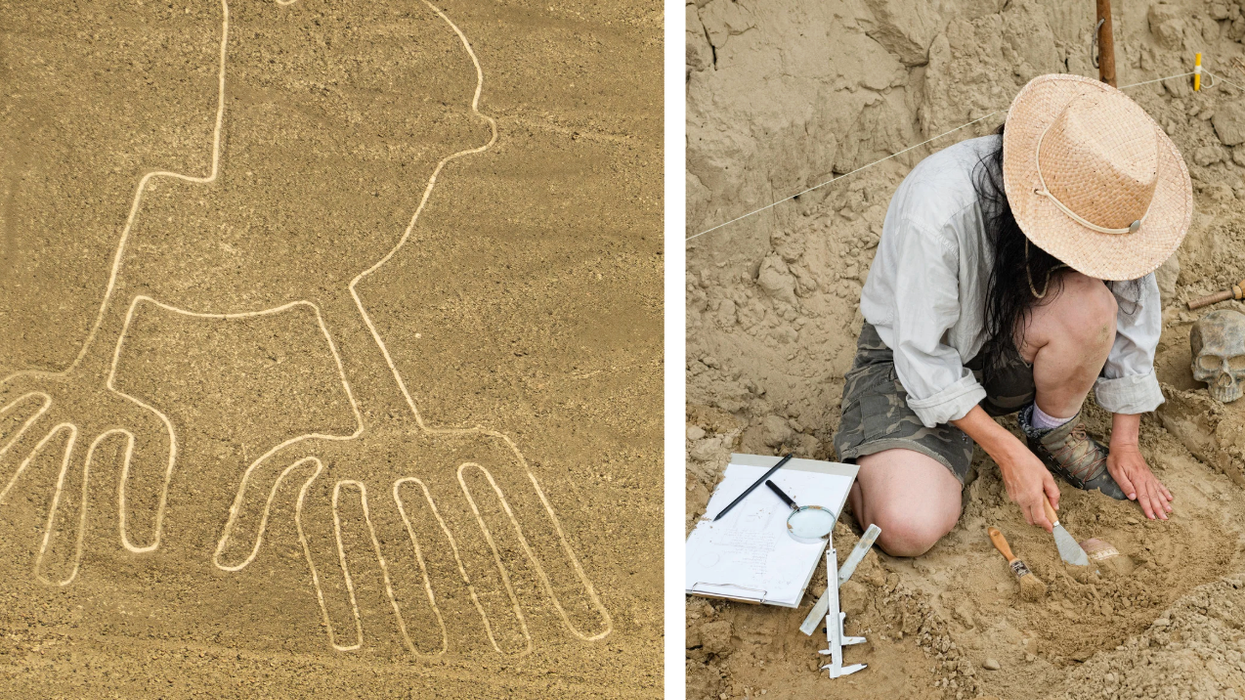

 It's difficult to imagine seeing a color and not having the word for it. Canva
It's difficult to imagine seeing a color and not having the word for it. Canva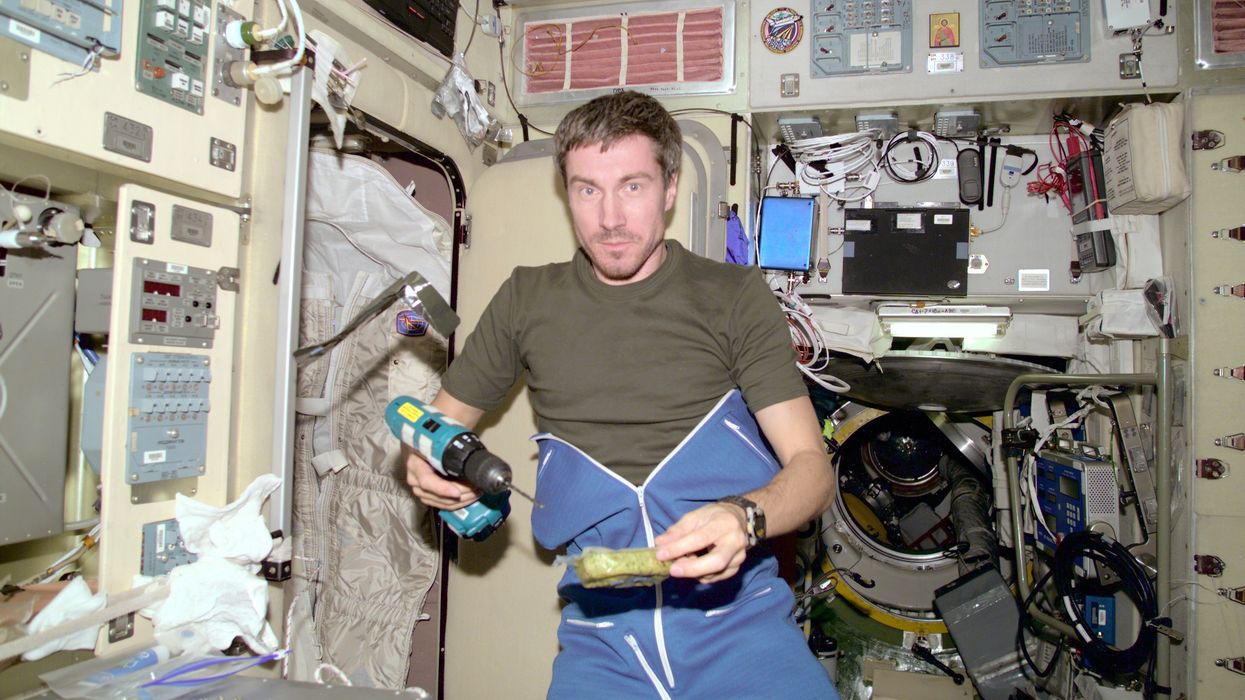
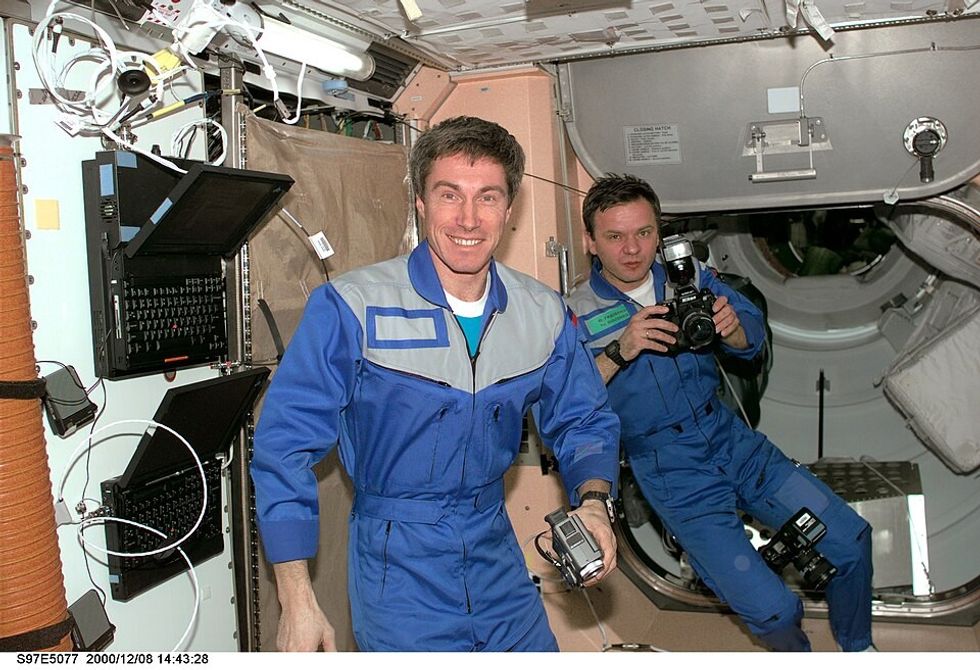 Sergei Krikalev in space.
Sergei Krikalev in space. 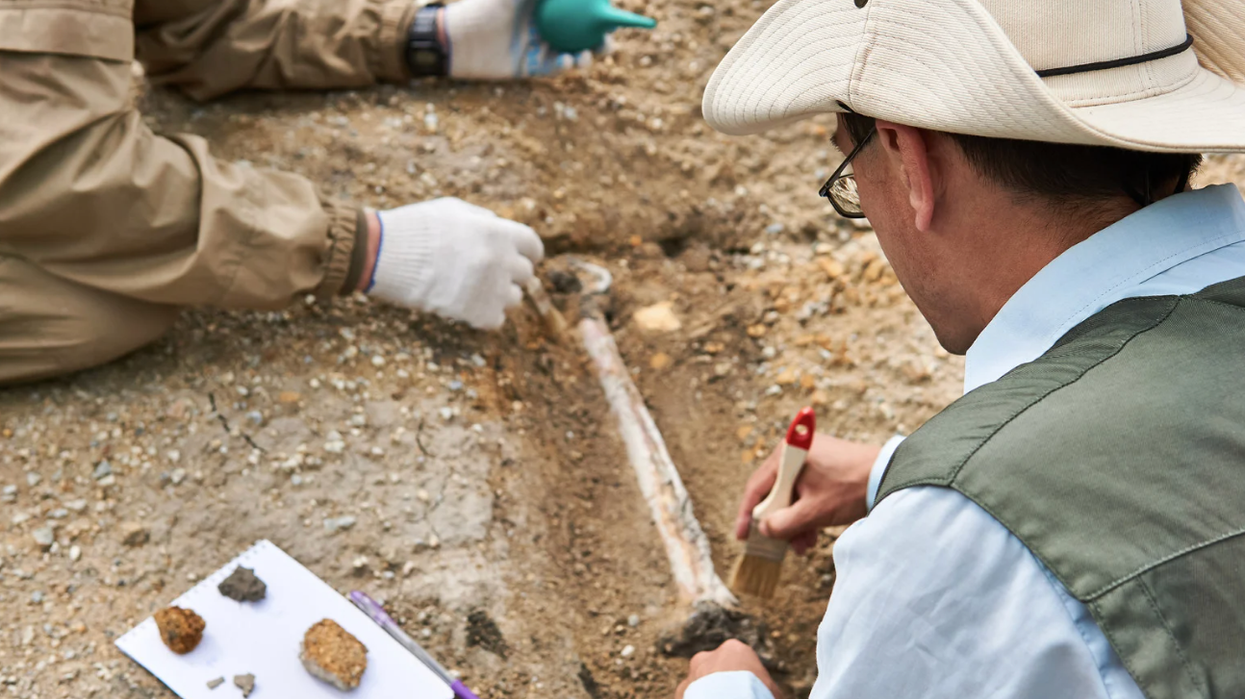


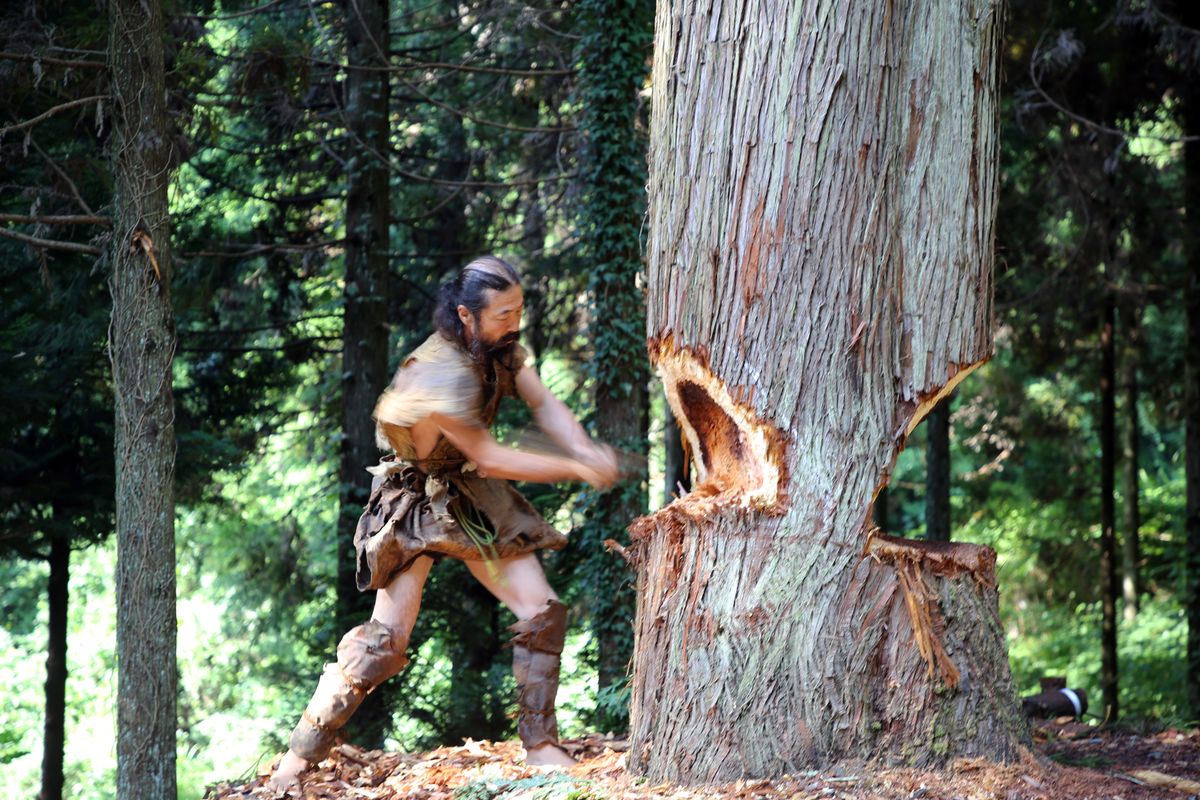 The team also crafted their canoe using ancient methods and Stone Age-style tools. National Museum of Nature and Science, Tokyo
The team also crafted their canoe using ancient methods and Stone Age-style tools. National Museum of Nature and Science, Tokyo The cedar dugout canoe crafted by the scientist team. National Museum of Nature and Science, Tokyo
The cedar dugout canoe crafted by the scientist team. National Museum of Nature and Science, Tokyo